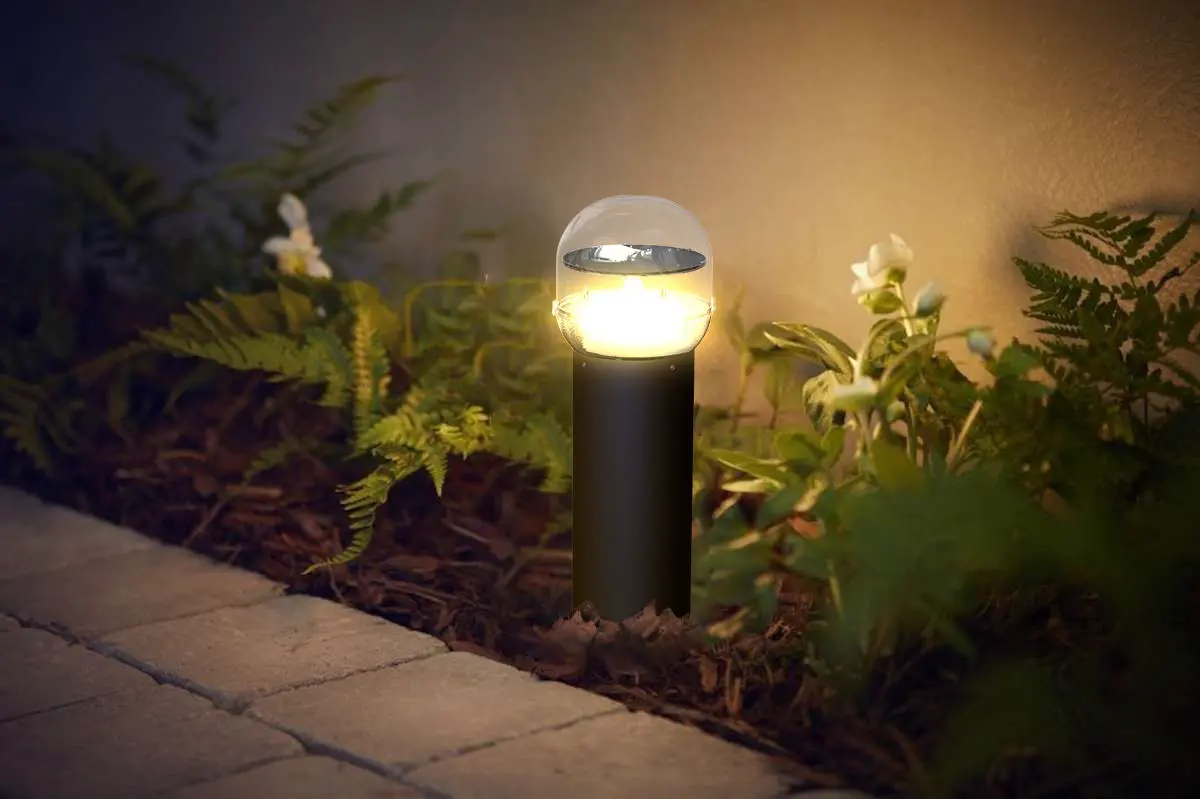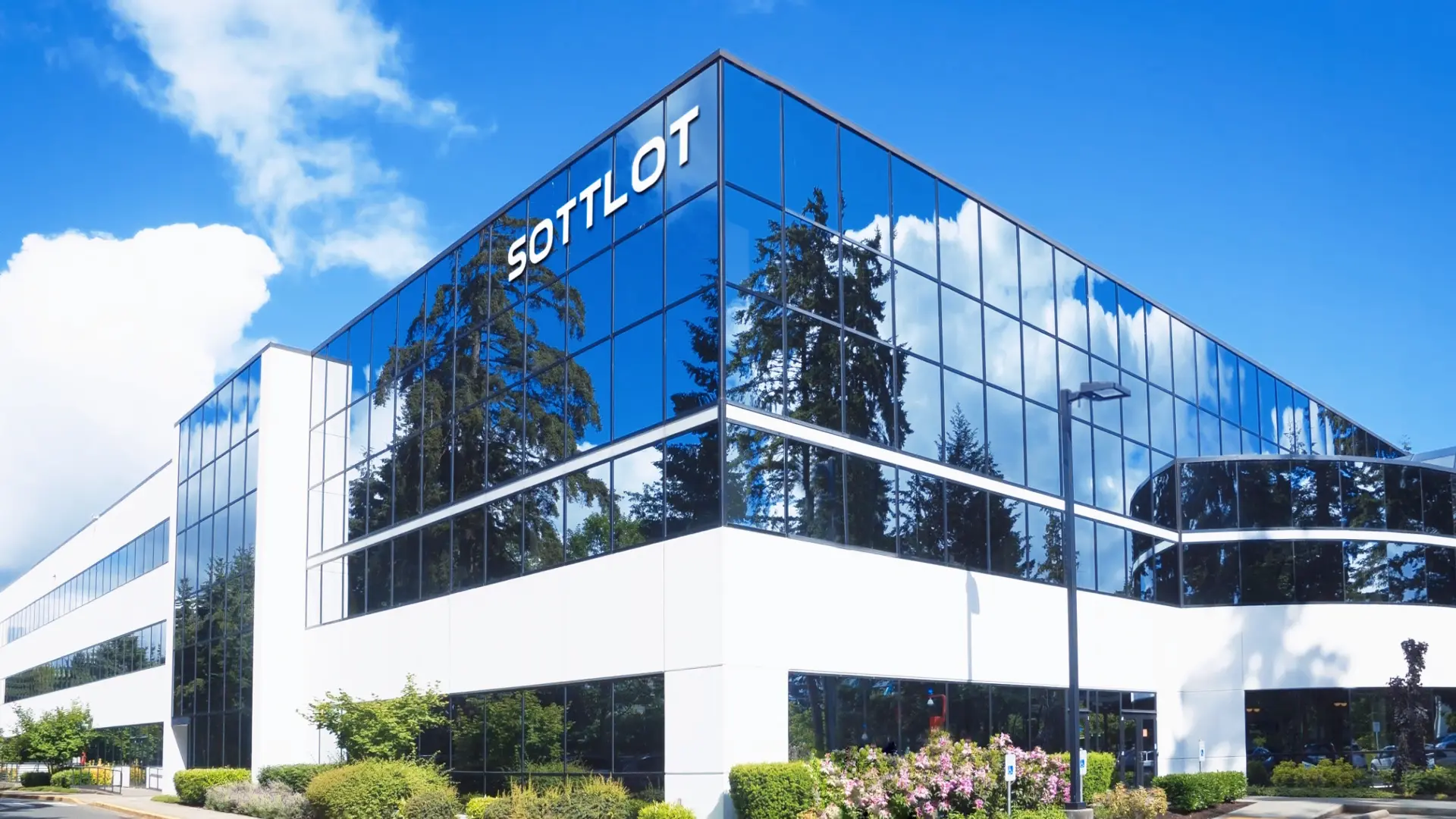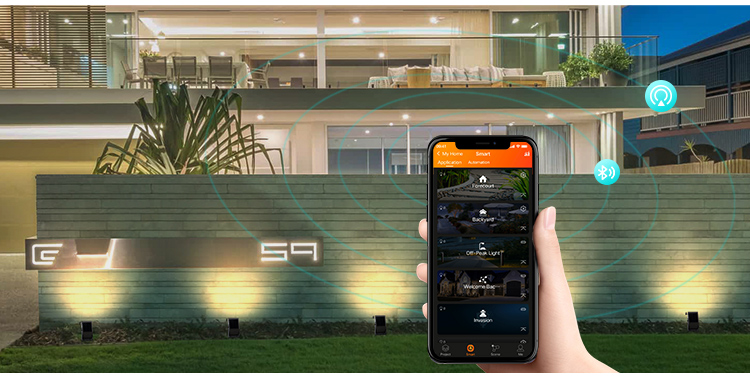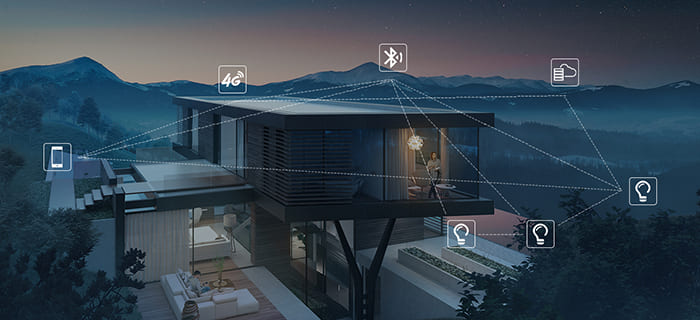With the growing global focus on sustainability, more businesses are seeking green building solutions. As an innovative and energy-efficient technology, solar lighting not only significantly reduces energy consumption but also helps commercial projects achieve LEED (Leadership in Energy and Environmental Design) certification. In this article, we’ll explore how solar lighting can contribute to LEED certification and analyze its business value in terms of cost savings, brand image enhancement, and employee well-being.
What is Solar Lighting?
Solar lighting systems provide indoor and outdoor lighting by converting sunlight into electricity through solar panels. By reducing reliance on the traditional power grid, solar lighting significantly cuts energy consumption and is particularly suitable for parking lots, walkways, and some indoor areas. According to the U.S. Green Building Council, LEED-certified buildings use 25% less energy and emit 34% less carbon than the average commercial building, saving 1.3 million tons of coal equivalent and reducing carbon dioxide emissions by 78 million tons annually (USGBC Research Anthology).
Background of LEED Certification
Developed by the U.S. Green Building Council (USGBC), LEED certification is a globally recognized green building standard. It covers 13 environmental impact categories, including energy efficiency, indoor environmental quality, and water use. LEED certification is categorized as Certified (40-49 points), Silver (50-59 points), Gold (60-79 points), and Platinum (80+ points). Buildings achieve certification by meeting specific criteria and earning points, 35% of which are related to climate change and directly impact energy efficiency (USGBC LEED v4.1).
How Can Solar Lighting Contribute to LEED Certification?
Solar lighting systems can support LEED certification in several ways:
-
Energy and Atmosphere (EA) Credit 5: Renewable Energy Production This credit rewards buildings for generating renewable energy on-site. Solar lighting systems help buildings earn LEED points by reducing grid energy use and meeting a portion of the building’s energy needs. Studies have shown that solar projects can provide up to 7 LEED credits, which accounts for more than 17% of the credits required for certification (Everblue Training).
-
Sustainable Sites (SS) Credit 8: Light Pollution Reduction Solar-powered outdoor lighting can be designed to reduce light pollution and qualify for this credit, protecting the ecosystem (Solar Gard LEED Credits).
-
Indirect Support for Other Credits Solar lighting indirectly supports other LEED credits by improving indoor environmental quality (IEQ) through reduced energy consumption, enhancing employee health, and boosting productivity.
The Business Value of Solar Lighting
The business value of solar lighting is particularly important for B2B customers worldwide, reflected in the following areas:
-
Cost Savings Solar lighting reduces electricity bills, and LEED certification can lead to tax incentives and increased property values, resulting in long-term operational cost savings.
-
Brand Image Enhancement Adopting solar lighting demonstrates a company’s commitment to the environment, attracting environmentally conscious customers, investors, and top talent, thereby increasing competitiveness in the marketplace.
-
Employee Well-Being Natural light and efficient lighting can improve the work environment, increase employee productivity and satisfaction, and reduce sick days.
-
Regulatory Compliance In regions where green building practices are encouraged or required, LEED certification can enhance market position and help organizations respond to changes in environmental policies and regulations.
-
Long-Term Sustainability With solar lighting becoming the trend of the future, investing in green technology not only meets current sustainability needs but also ensures a business’s long-term competitiveness in the future market.
According to research, employees in LEED-certified buildings report significant improvements in recruitment and retention, productivity, and job satisfaction (King Energy). Additionally, Millennials (the world’s largest demographic group) place particular importance on corporate sustainability, further emphasizing the importance of companies focusing on the environment in their branding (Pivot Energy).
Sottlot’s Role
Sottlot offers high-quality solar lighting solutions with years of experience in the industry. The company provides customized services from design to installation, ensuring that projects maximize their potential for LEED certification. By partnering with Sottlot, clients can easily capitalize on the many benefits of solar lighting, including cost savings, brand enhancement, and improved employee well-being.
Solar lighting is more than just an efficient lighting solution; it is a strategic investment to achieve LEED certification and drive sustainability. The key business values it brings to commercial projects include cost savings, brand image enhancement, and improved employee well-being. For customers worldwide, solar lighting offers a competitive advantage that cannot be ignored in future markets. With Sottlot‘s support, companies can smoothly transition into the green building future and attract more environmentally conscious partners.



